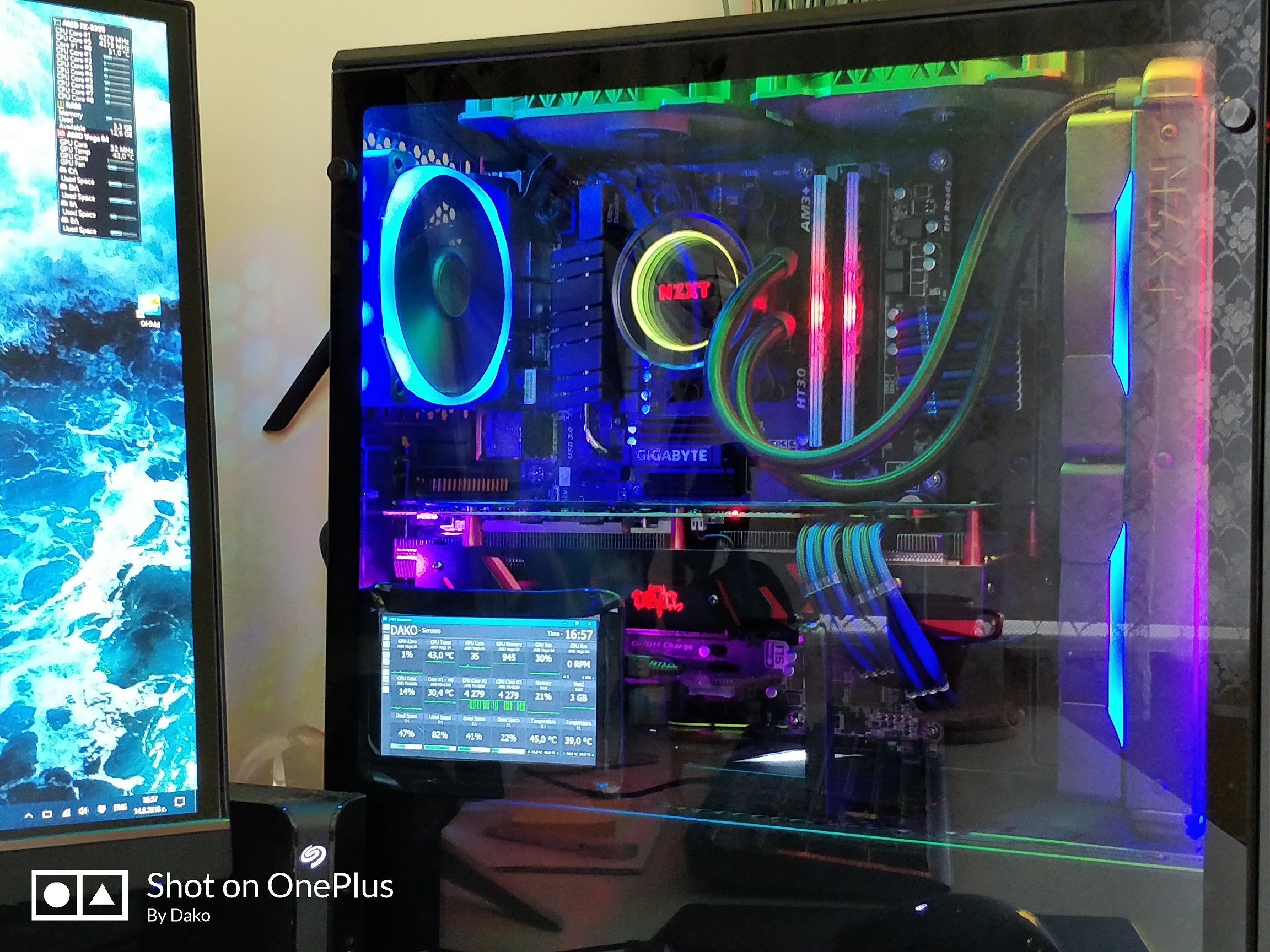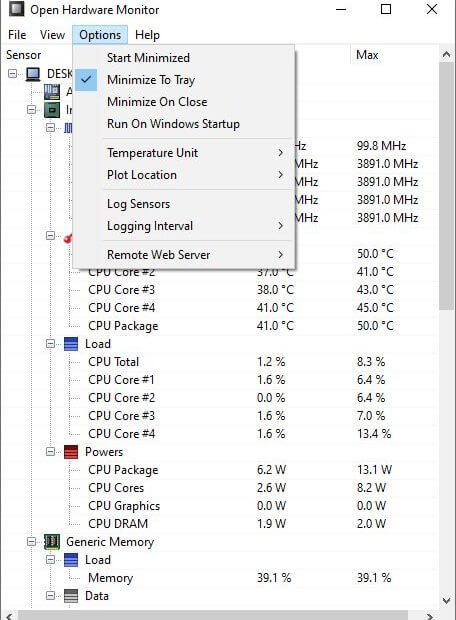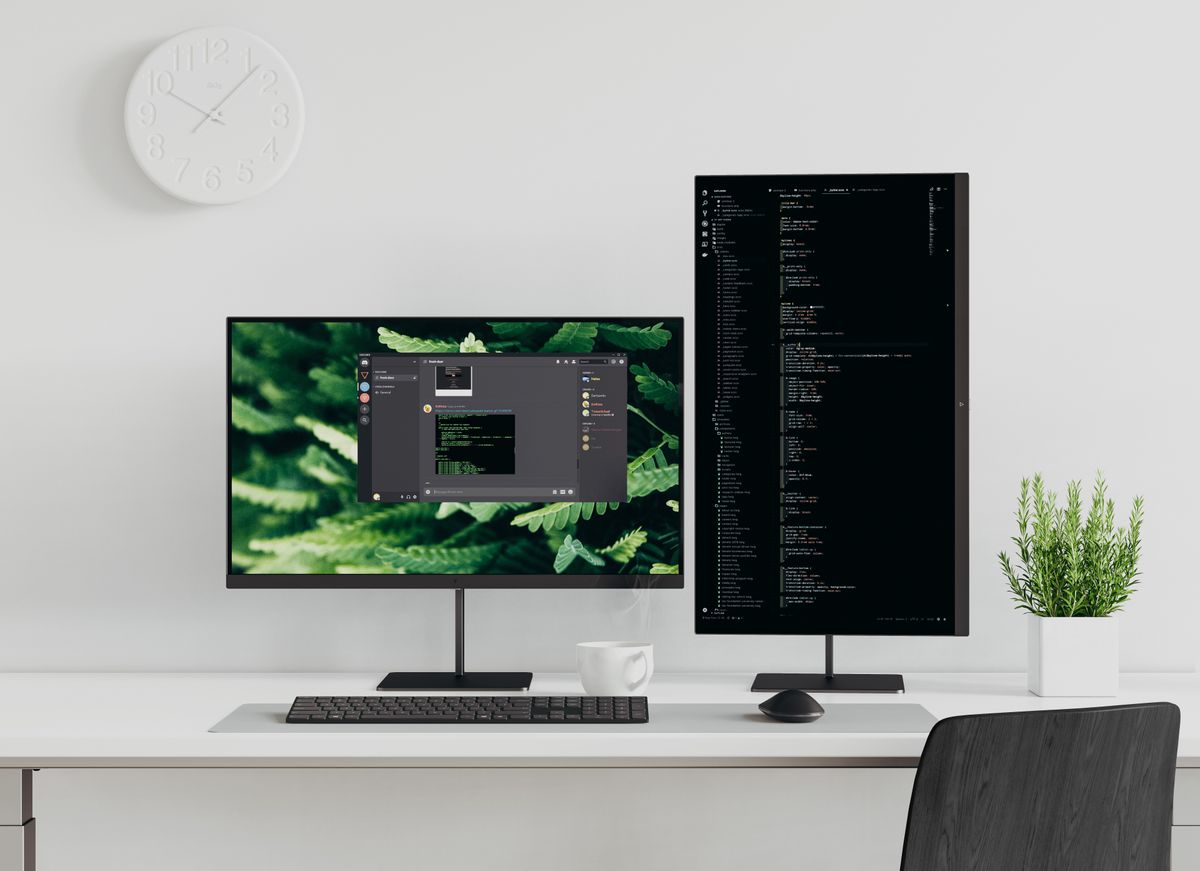

- #Open source hardware monitor how to
- #Open source hardware monitor install
- #Open source hardware monitor software
- #Open source hardware monitor windows 8.1
It can display vital data like the current temperature, clock speed, fan speed, load, and more. A service running on your computer pulls statistics from Windows and then sends it to the hardware monitor over the USB connection. That’s because it actually connects to your computer via USB and not to the graphics card directly. It can enable increased agricultural production and management of the local environment, bringing new agricultural practices to these areas.

This hardware monitor is demonstrated on an NVIDIA-compatible graphics card made by EVGA, but there doesn’t appear to be any reason it wouldn’t work with just about any model on the market. Moreover, this open source hardware can be used by a broad variety of users and is an alternative in poor rural areas because of its low cost compared to other solutions. If you want an aesthetically-pleasing way to keep tabs on the GPU, you can create this open source hardware monitor that mounts directly onto your graphics card.
#Open source hardware monitor windows 8.1
That’s especially true if you’re overclocking the GPU and want to make sure it isn’t getting too hot. Open Hardware Monitor for Windows 8.1 It has open source code and checks the system components for launch or operation errors. That can also easily be the single most expensive component in your PC, and you probably want to keep an eye on how hard you’re pushing it. Of those components, few have as much influence on your gaming experience as the GPU (Graphics Processing Unit). The openhardwaremonitor platform uses your Open Hardware Monitor installation as a source for sensors that will display system information. You probably built it yourself and spent a great deal of time choosing your components and case. The application is still in Beta status, so use it at your own risk.If you’re a PC gamer, then your computer is your baby. Without Administrator rights most hardware sensors are not accessible.
#Open source hardware monitor install
To install just unpack the zip archive and run OpenHardwareMonitor.exe with Administrator rights.

On Linux systems the Open Hardware Monitor requires Mono with WinForms.

#Open source hardware monitor software
The free Open Hardware Monitor software runs on Microsoft Windows with the. – Fixed an issue with the detection of ITE IT8655E, IT8665E and IT8686E super I/O chips. – Added support for Intel CPUs with Comet Lake (06_A6H) microarchitecture. This open-source hardware monitoring tool can run on Windows XP, Vista, 7, 8, 8. – Added support for ADL (AMD Display Library) Overdrive8 GPU sensors (AMD Navi GPUs). Open Hardware Monitor If you’re looking for a completely free server hardware monitor, you could check out the Open Hardware Monitor.
#Open source hardware monitor how to
See more: 3 Ways To Check CPU Temperature in Windows 10 How To Download and Install Open Hardware Monitor in Windows 10/8/7ĭownload Open Hardware Monitor for Windows 10/8/7 from this site. The free Open Hardware Monitor software runs on 32-bit and 64-bit Microsoft Windows XP / Vista / 7 / 8 / 8.1 / 10 and any x86 based Linux operating systems without installation. Hardware metrics can be monitored through the desktop GUI. Open Hardware Monitor can take temperature readings from temperature sensors with Intel and AMD processors. The monitored values can be displayed in the main window, in a customizable desktop gadget, or in the system tray. Open Hardware Monitor is a free open-source hardware monitor that measures computer temperature, fan speed, voltage, load, and clock speeds. The sensors of ATI and Nvidia video cards as well as SMART hard drive temperature can be displayed. Open Hardware Monitor (via ghacks) is specialized app to display hardware temperatures, voltages and frequencies. The CPU temperature can be monitored by reading the core temperature sensors of Intel and AMD processors. The Open Hardware Monitor supports most hardware monitoring chips found on todays mainboards.


 0 kommentar(er)
0 kommentar(er)
